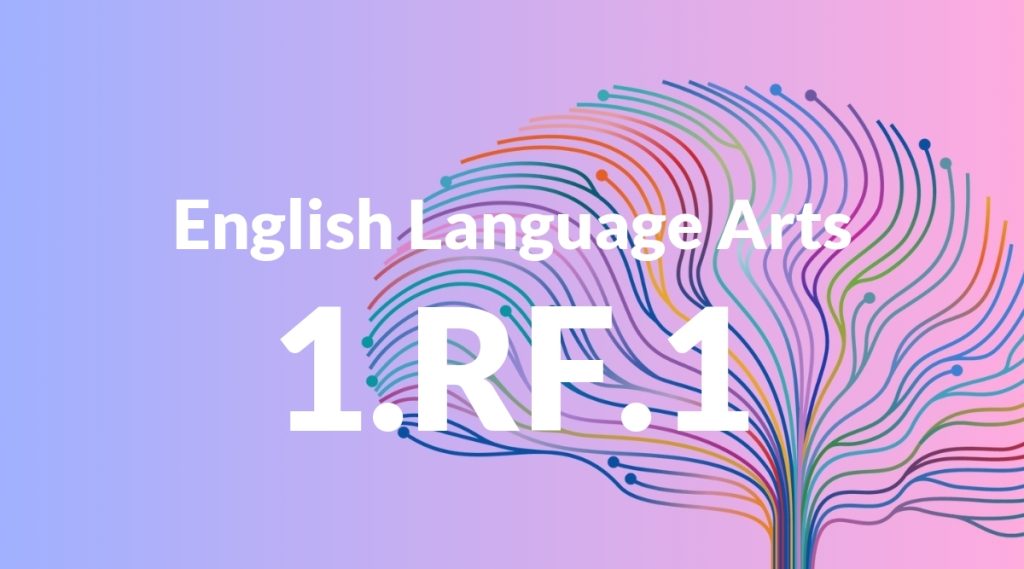Standard: 1.RF.1 – Demonstrate understanding of the organization and basic features of print.
Grade level: Grade 1
Subject: English Language Arts
Domain: Reading: Foundational Skills
Teacher Overview
This standard focuses on helping students understand the basic structure and features of printed text, which is crucial for developing reading skills. Recognizing how print is organized lays a foundation for more advanced reading and comprehension skills. Before tackling this standard, students should know how to hold a book, recognize basic shapes, and have some experience with being read to.
After mastering this standard, students will be able to decode words, understand punctuation, and read sentences and paragraphs fluently, setting the stage for more complex reading and comprehension skills.
Common Misconception 1
A common misconception is that students may think they can start reading a book from any page. This is incorrect because understanding the sequence of a story or information is essential for comprehension.
Intervention 1
To address this, guided reading sessions with a pointer can help students learn to follow the text in the correct order, emphasizing the start-to-finish flow of reading.
Common Misconception 2
Another misconception is that students may believe text can be read in any direction, such as right to left or bottom to top. This misunderstanding can hinder their ability to follow and comprehend text accurately.
Intervention 2
Using large print books and finger tracking can reinforce the correct directionality of reading from left to right and top to bottom.
Prerequisite Knowledge
Students should be familiar with holding books correctly, recognizing basic shapes and symbols, and have some exposure to being read to.
Subsequent Knowledge
Students will develop the ability to decode words, understand punctuation, and gain fluency in reading sentences and paragraphs.
Instructional Activities
- Read-aloud sessions with finger tracking.
- Labeling parts of a book (cover, title page).
- Using sentence strips to practice reading directionality.
- Interactive games that involve matching letters, words, and sentences.




